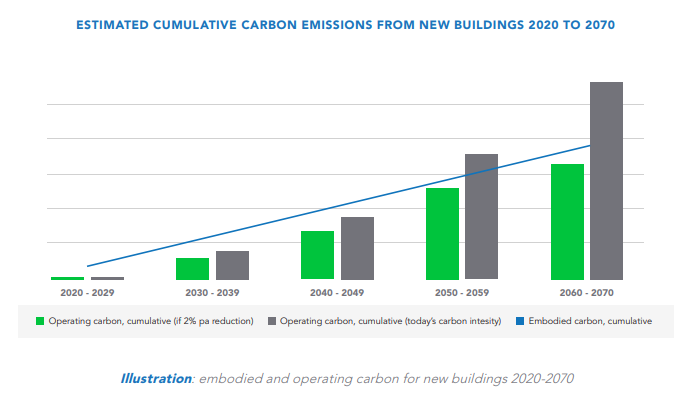Social equity is key to the work that we do in the built environment. Far too often, marginalized communities receive more of the burdens and less of the benefits of 21st century living – especially when it comes to housing. As an industry, it is our responsibility to address these disparities and come up with solutions that are inclusive of all people. But first, we wanted to grow our own understanding of the issues and hear what others are doing to prioritize social equity in the built environment.
Our guest for this month’s episode of Buildings + Beyond is Jeremy Hays. Jeremy has a wealth of knowledge, experience, and perspective that stems from a combination of social and environmental justice. We learn about how cities are incorporating equity into their sustainability plans, why diversity of perspectives can create better solutions, and how actively thinking about equity can help the transition to a green economy.


